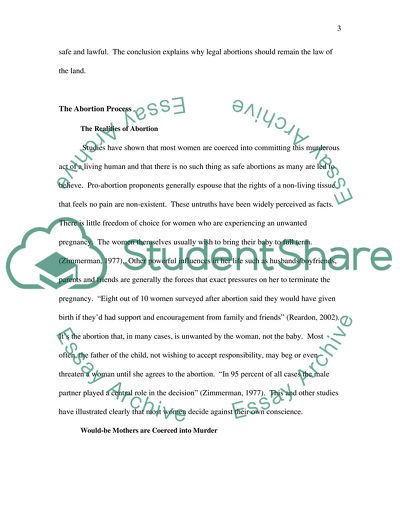Cite this document
(Religious, Ethical, Conservative and Pro-Choice Viewpoints of Abortion Term Paper - 3, n.d.)
Religious, Ethical, Conservative and Pro-Choice Viewpoints of Abortion Term Paper - 3. Retrieved from https://studentshare.org/social-science/1721705-abortion
Religious, Ethical, Conservative and Pro-Choice Viewpoints of Abortion Term Paper - 3. Retrieved from https://studentshare.org/social-science/1721705-abortion
(Religious, Ethical, Conservative and Pro-Choice Viewpoints of Abortion Term Paper - 3)
Religious, Ethical, Conservative and Pro-Choice Viewpoints of Abortion Term Paper - 3. https://studentshare.org/social-science/1721705-abortion.
Religious, Ethical, Conservative and Pro-Choice Viewpoints of Abortion Term Paper - 3. https://studentshare.org/social-science/1721705-abortion.
“Religious, Ethical, Conservative and Pro-Choice Viewpoints of Abortion Term Paper - 3”, n.d. https://studentshare.org/social-science/1721705-abortion.


